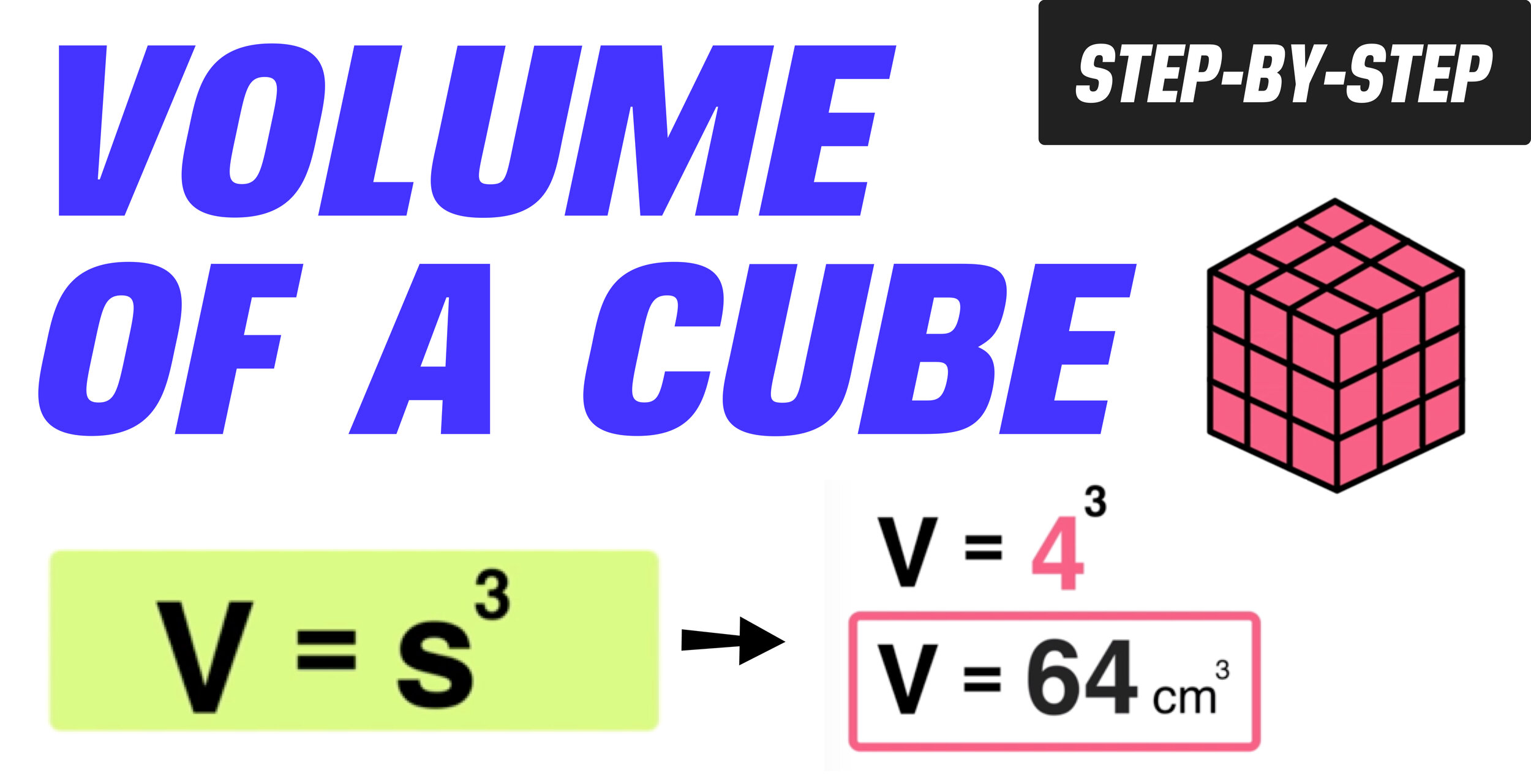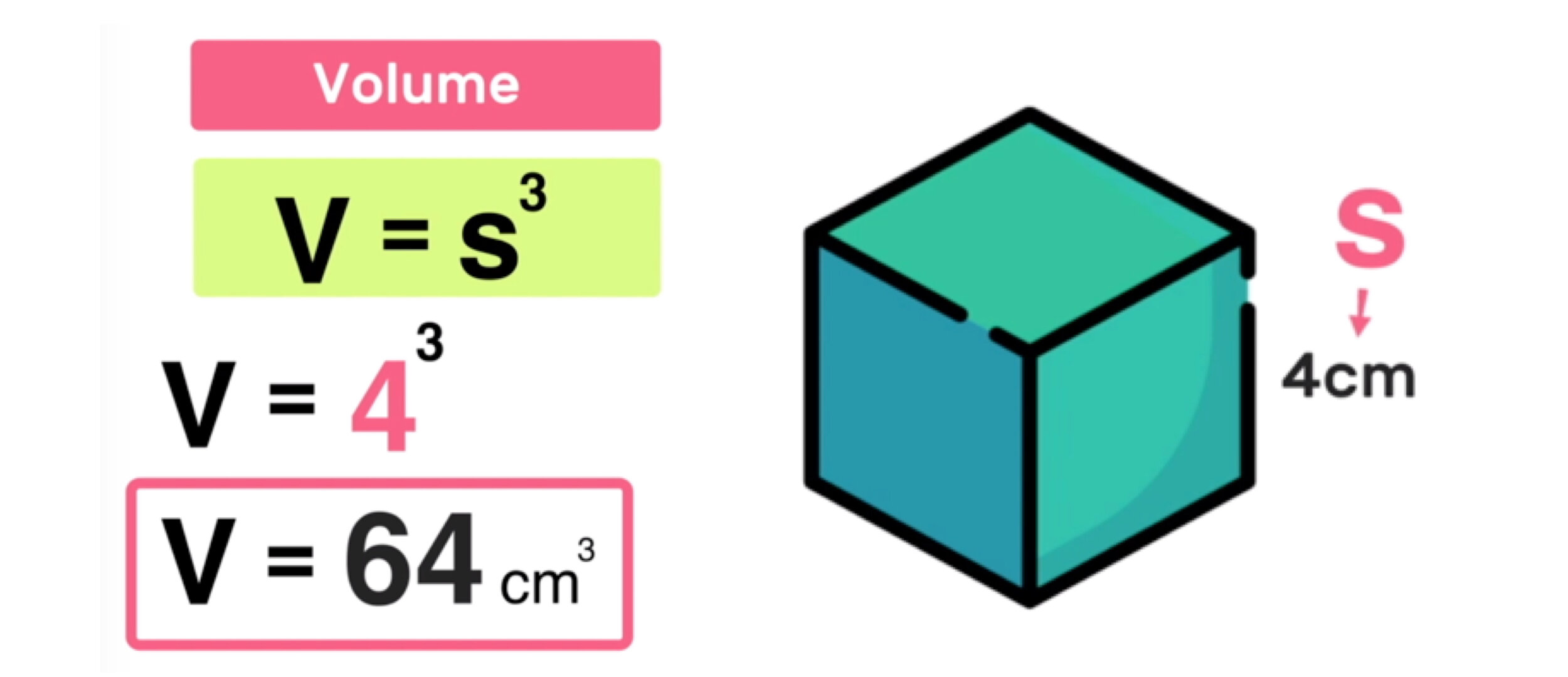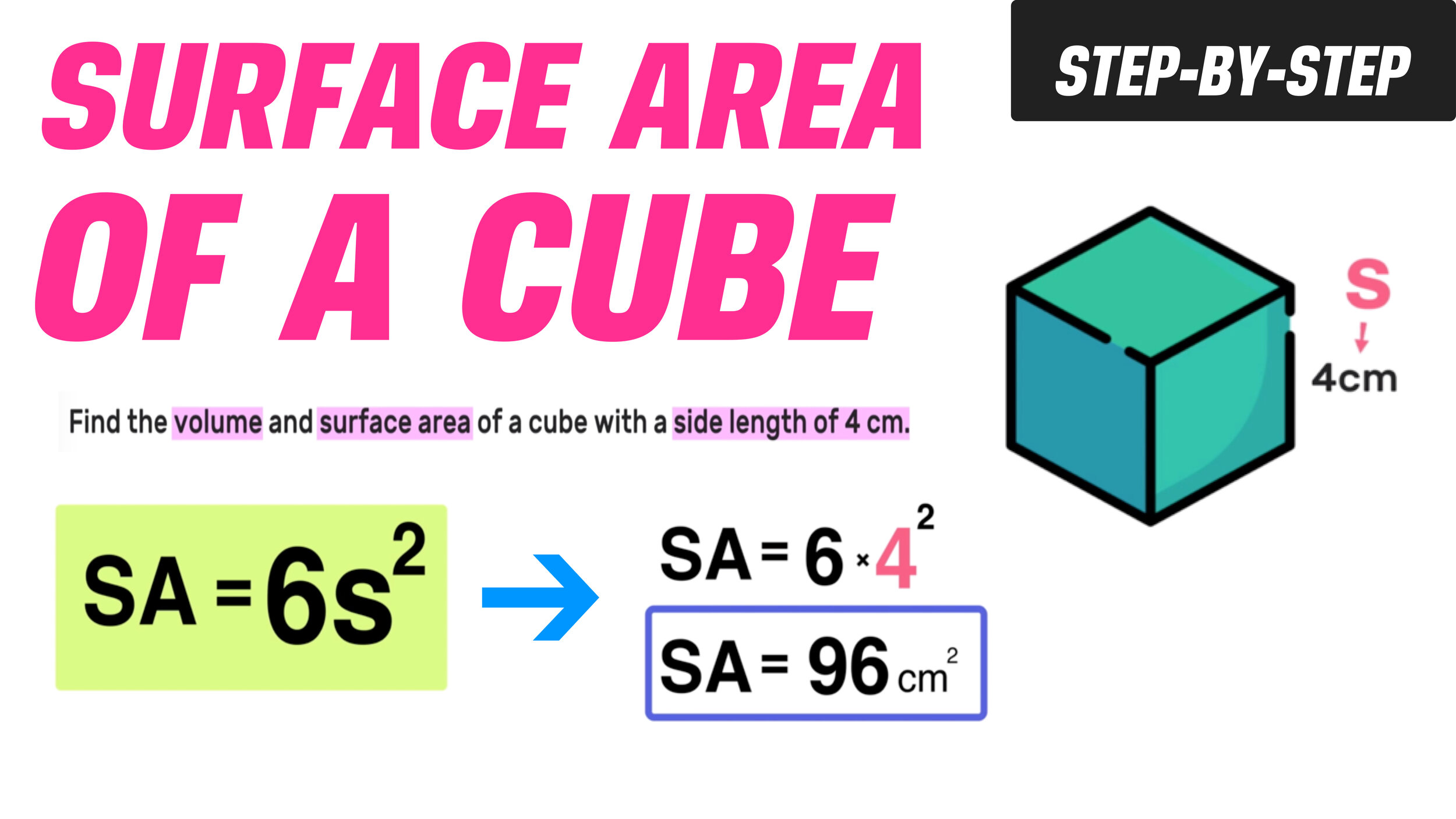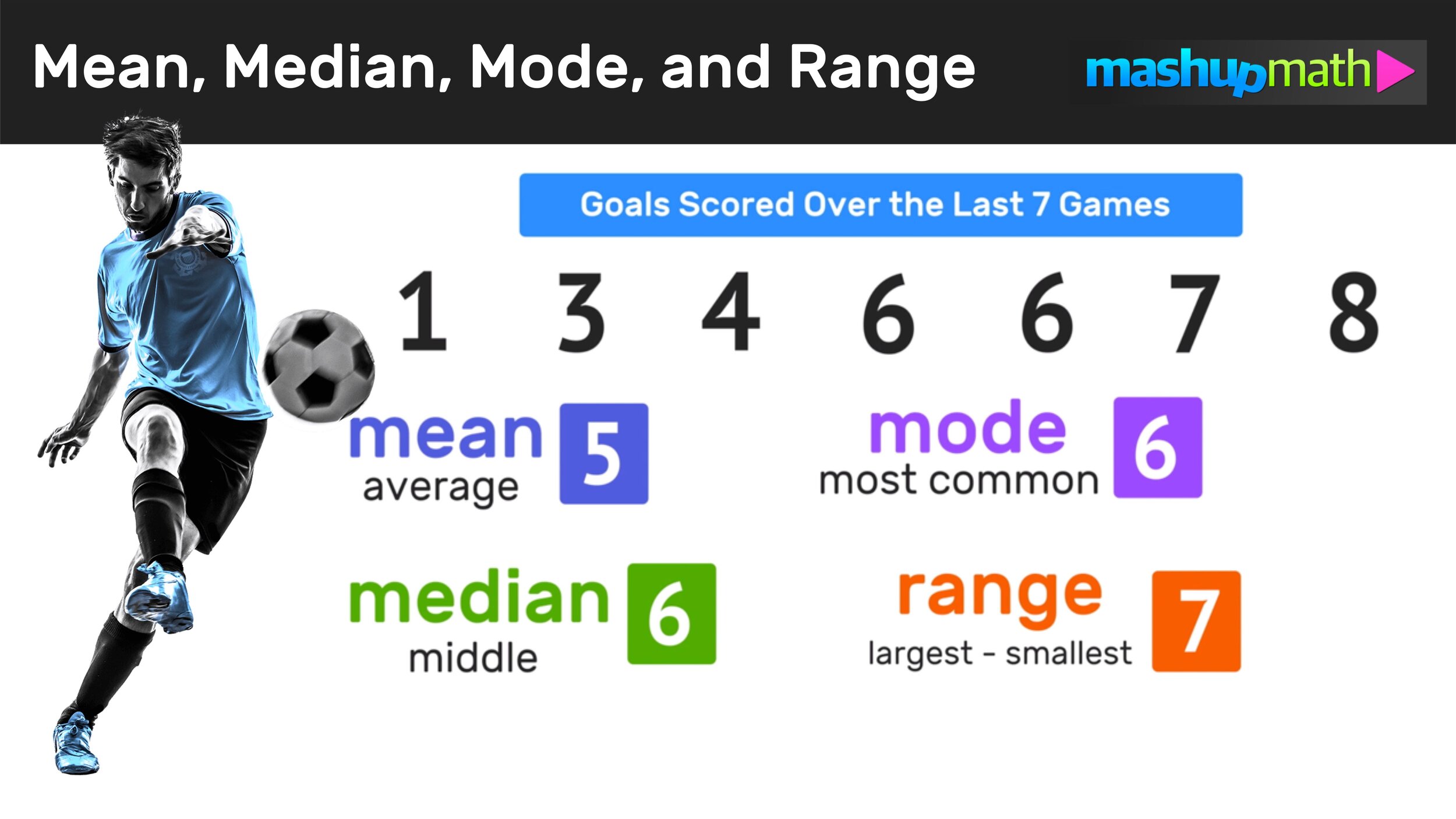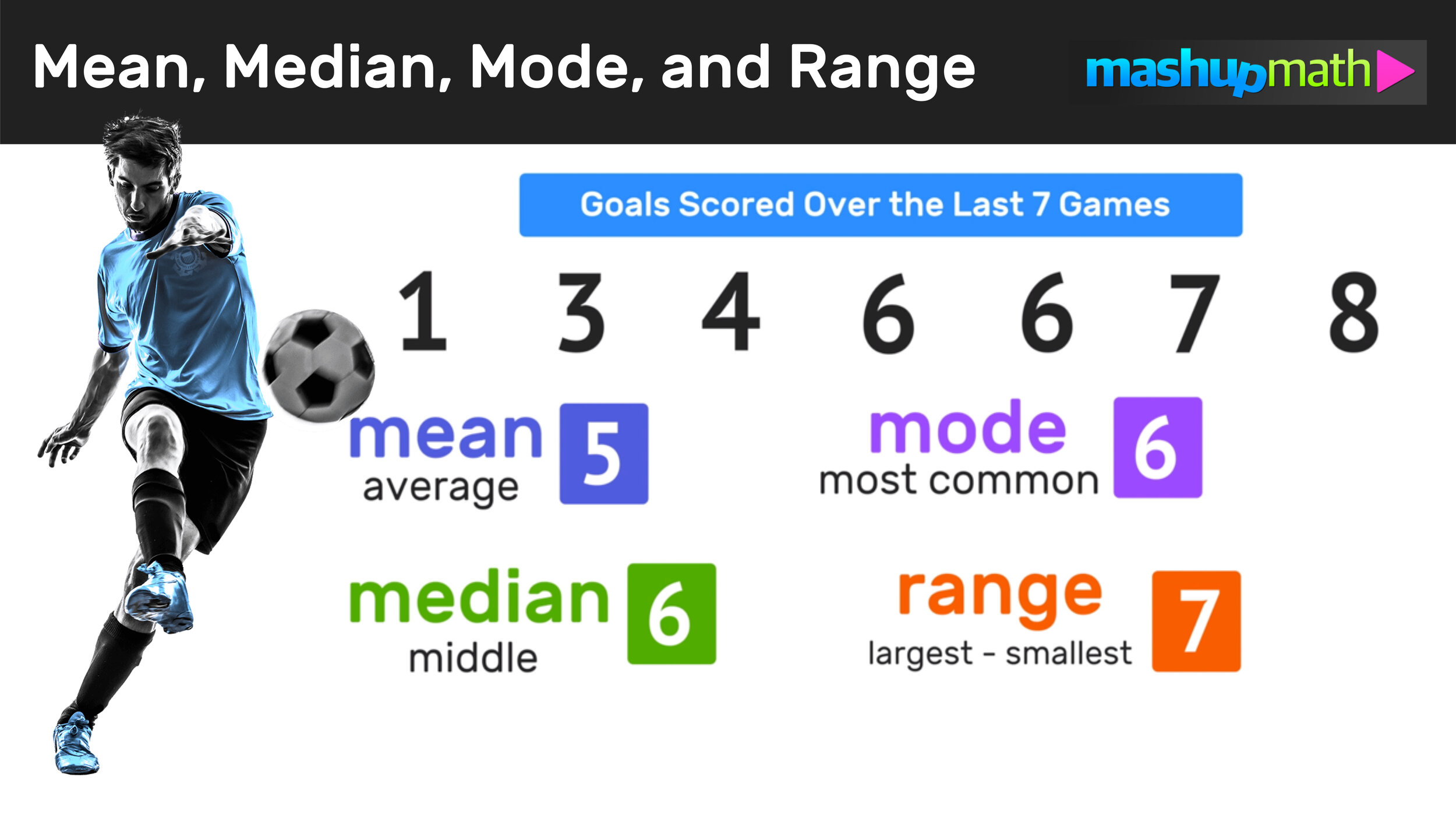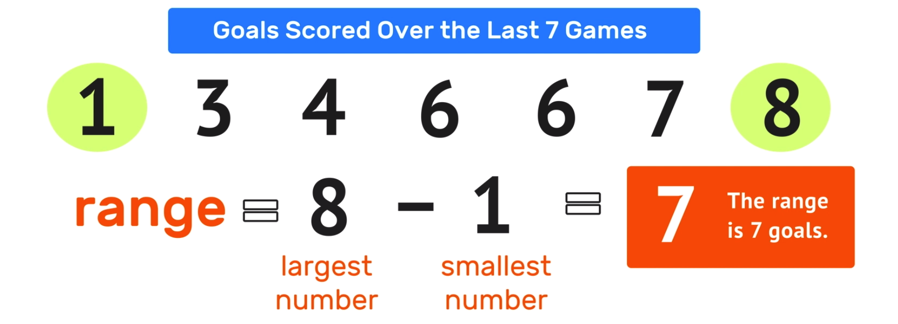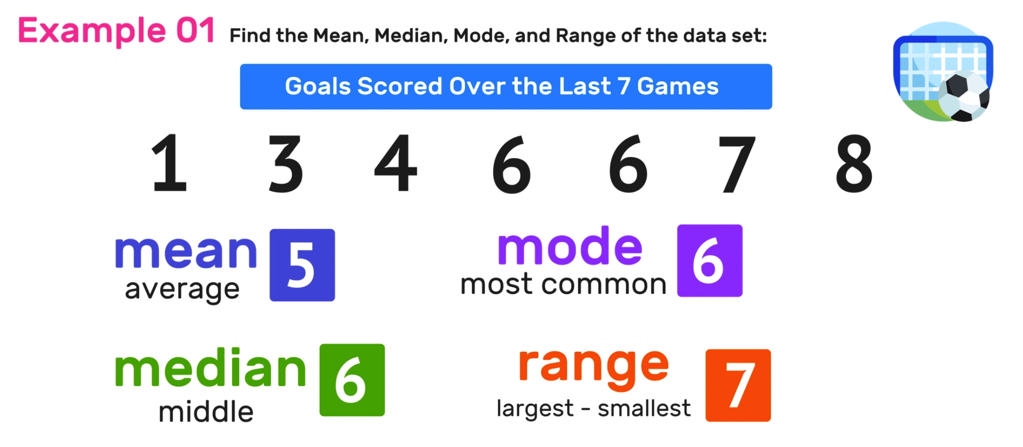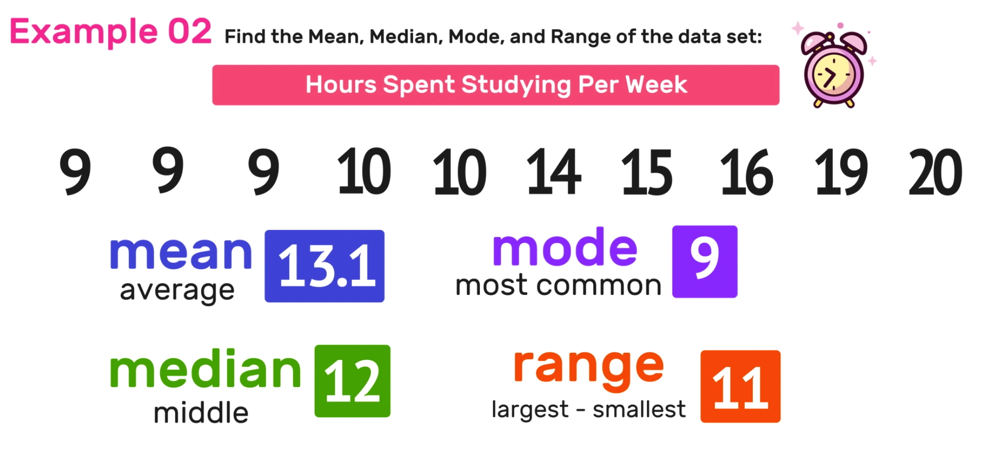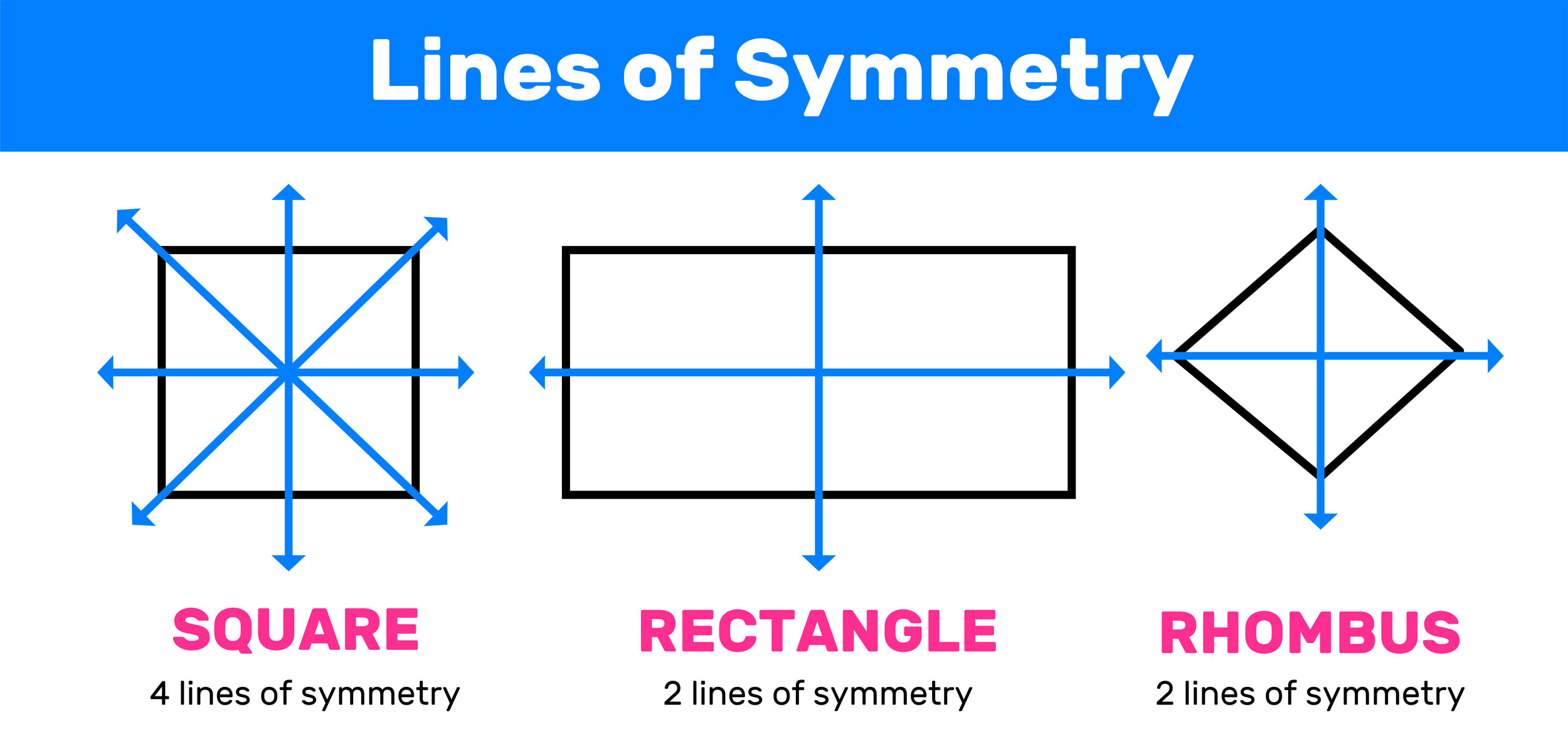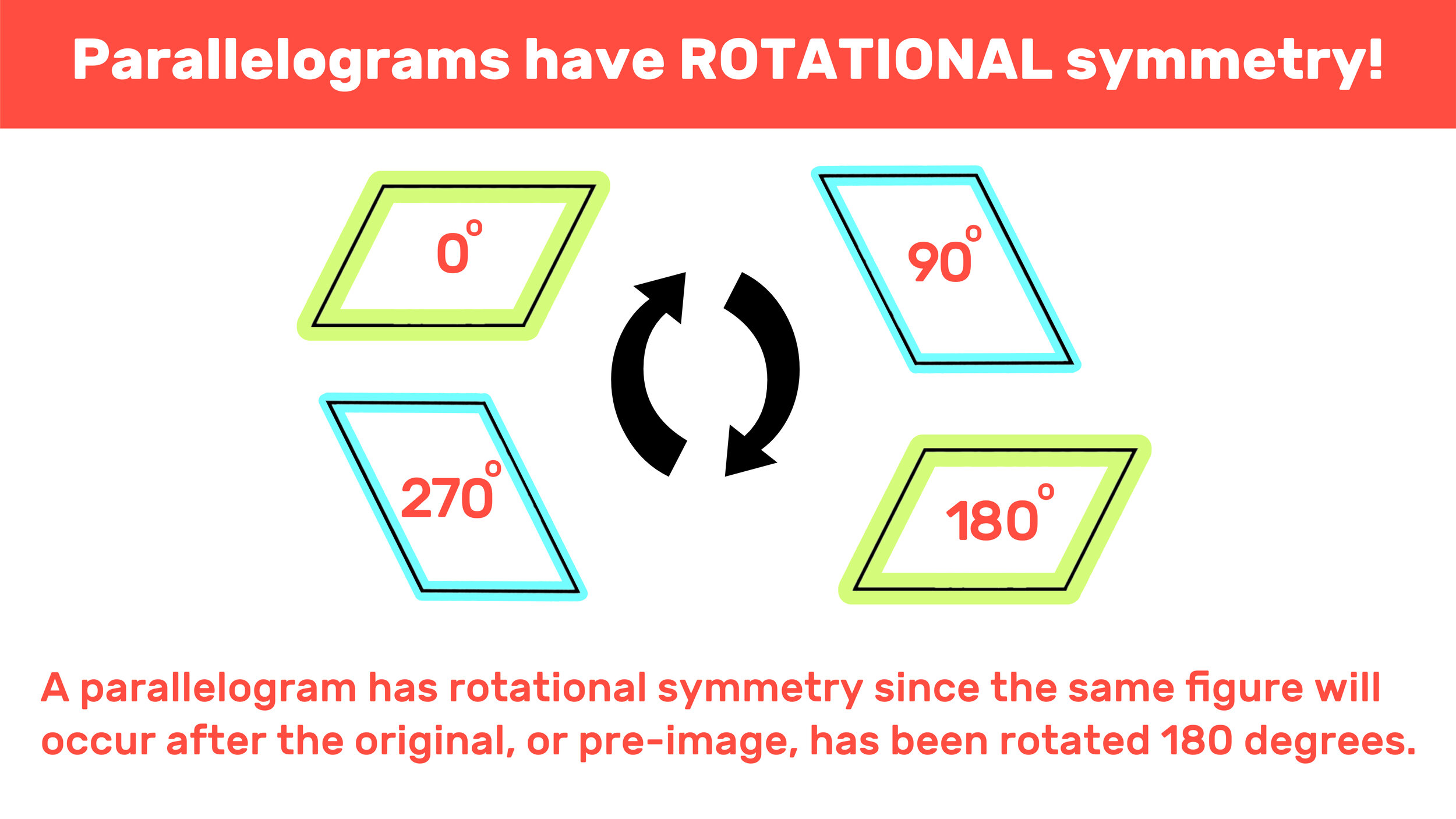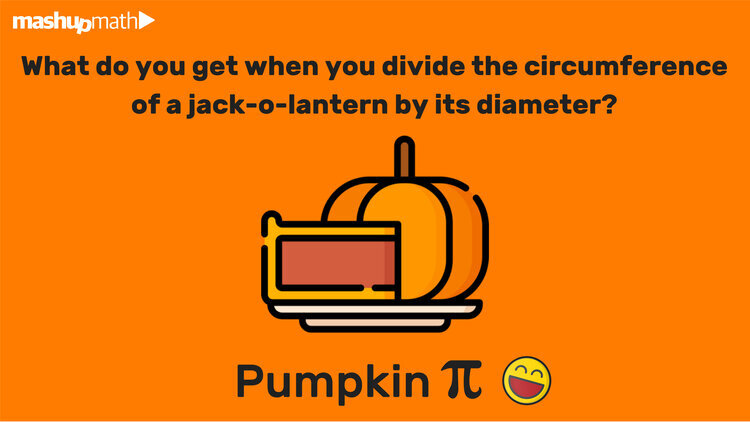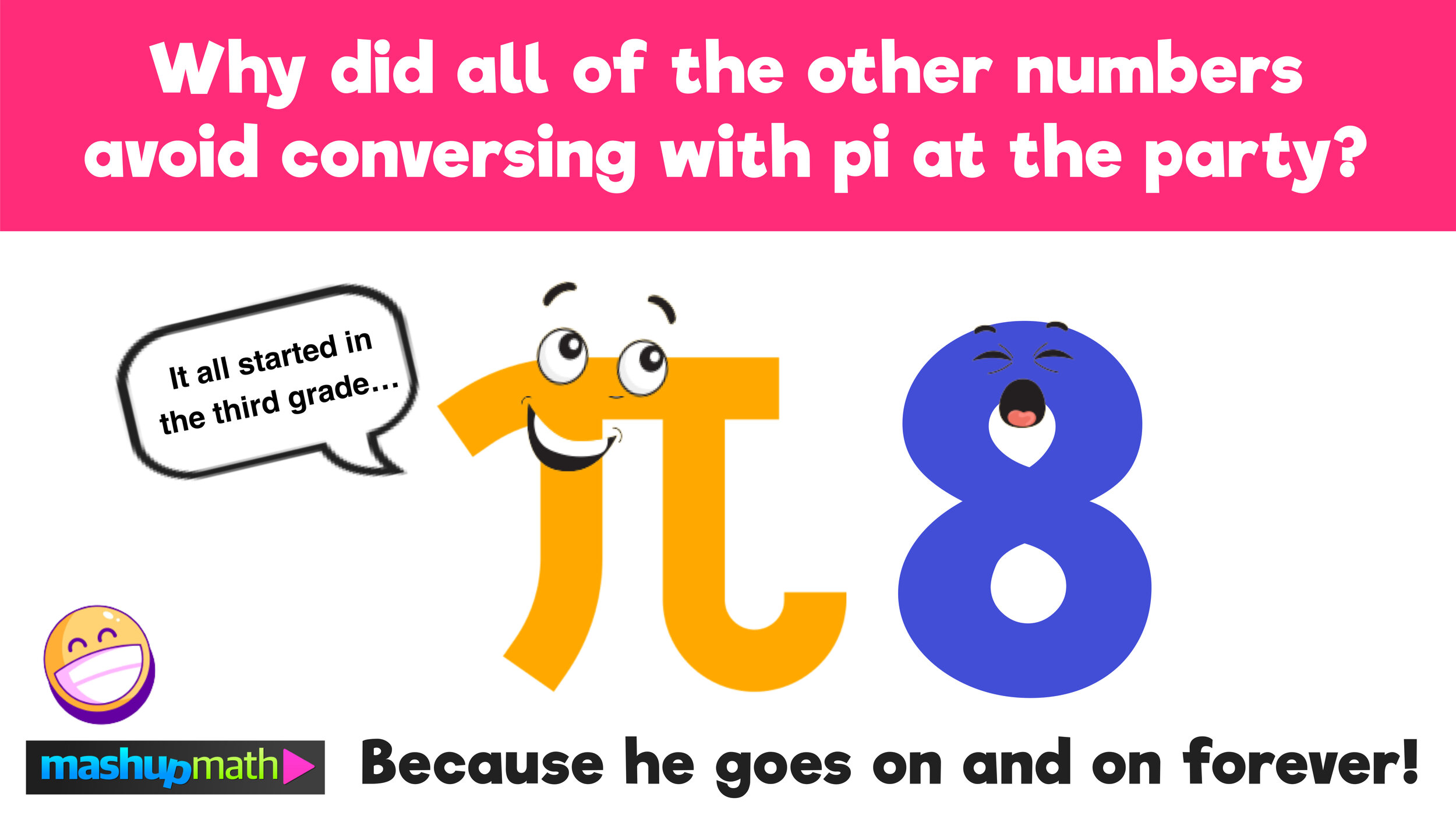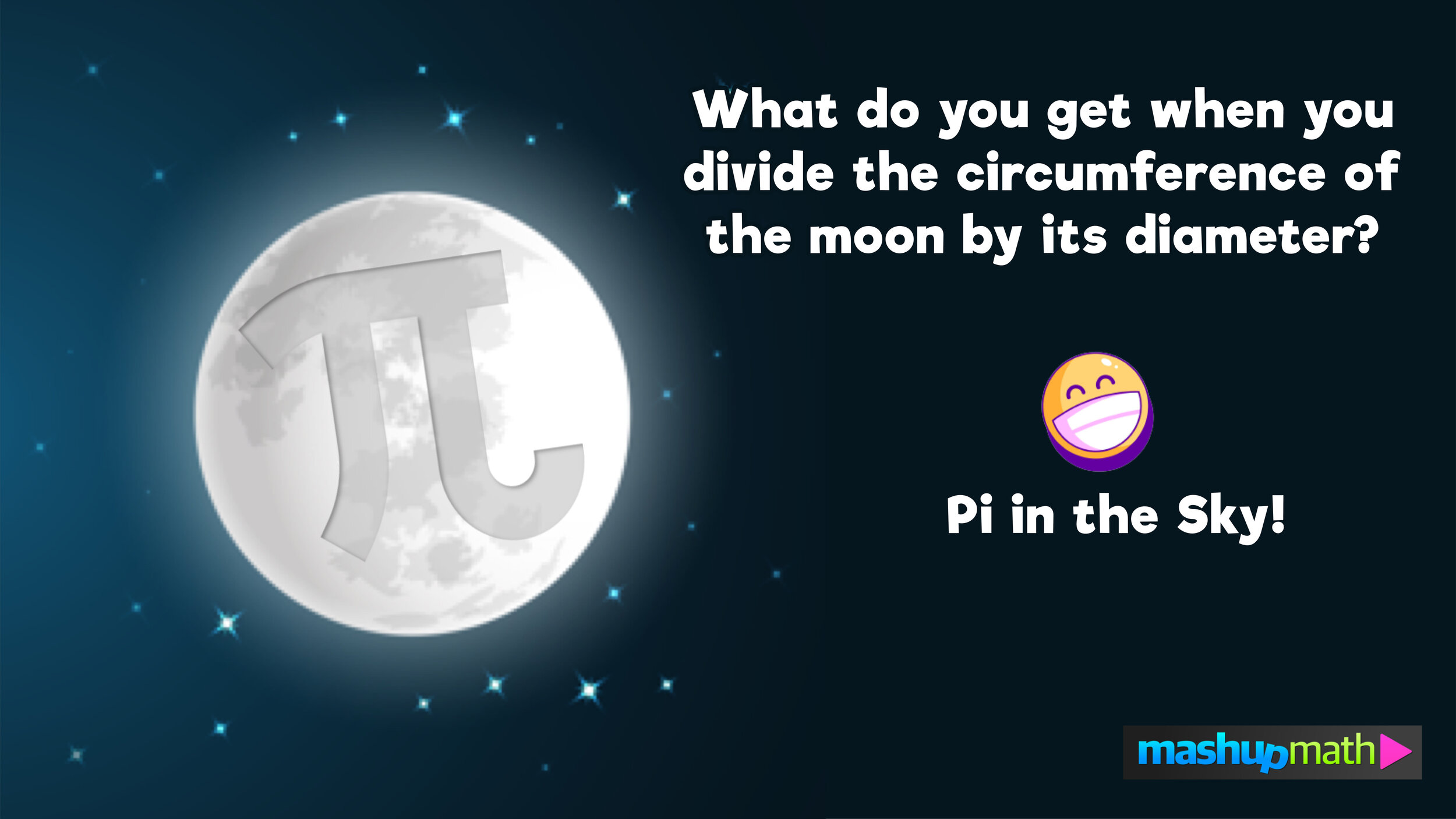How to Find the Volume of a Cube in 3 Easy Steps
Understanding how to find the volume of a cube and how to use the volume of a cube formula is an important and useful mathematics and, more commonly geometry, skill that is relatively simple and easy to do as long as you can follow the 3 easy steps that will be outlined in this lesson.
This free How to Find the Volume of a Cube step-by-step guide will teach you an easy method for finding the volume of a cube using the volume of a cube formula. By learning this skill, you will be able to solve any problems that call on you to find the volume of a cube (or a rectangular cube) involving any type of units.
This lesson also shares a free volume of a cube calculator that you can use to quickly input values and find the volume of a cube with just one click.
But before you learn the 3 steps for finding the volume of a cube, we will do a quick review of key vocabulary and definitions related to this topic.
What is a cube in math?
Definition: A cube is a box-shaped three-dimensional figure that has six equal and identical square faces.
The key word in this definition is equal. Unlike a rectangular prism, all of the faces of a cube are squares whose side lengths, also known as edges, have the same length.
Note that there is no difference between the term cube and rectangular cube. They both mean the same thing!
What is the volume of a cube?
Definition: The volume of a cube refers to the number of unit cubes it would take to completely fill the inside of the figure.
The key word in the definition is inside, since volume refers to how much space is inside of the figure.
Volume is always expressed in cubic units.
Volume of a Cube Formula
Before we work through a few practice problems, you need to be familiar with cube volume formula, which states that the volume of a cube is equal to the value of the side lengths, s, raised to the third power (also known as cubed).
So, if you know the length of one of the sides (also known as edges), all that you have to do raise that value to the third power to find the volume.
Again, remember that volume is measured in cubic units and that your final answer should always include the units.
Formula Reference:
Now that you are familiar with the formula for finding the volume of a cube, you can use the following 3-step method to solve the practice problems below:
Step 1: Identify the value of s, the edge length of the cube
Step 2: Substitute that value for s into the volume of a cube formula
Step 3: Solve and express your answer in cubic units
Example #1: Find the Volume of the Cube
Find the volume of a cube with a side length of 4 cm.
To solve this problem, we will use the previously mentioned 3-step process:
Step 1: Identify the value of s, the edge length of the cube
In this example, the cube has a side length of 4 cm, so S=4
Step 2: Substitute that value for s into the volume of a cube formula
Next, substitute 4 for s in the volume of a cube formula as follows
V = s^3 ➝ V = 4^3 ➝ V = 4x4x4 ➝ V = 64
Step 3: Solve and express your answer in cubic units
Finally, you can conclude that 4^ 3, or 4x4x4, equals 64, therefore…
Final Answer: The volume of the cube is 64 cubic centimeters.
Remember that volume is always expressed in cubic units (cubic centimeters in this example).
Example #2: Find the Volume of the Cube
Find the volume of a cube-shaped box with a height of 9 inches.
In this example, we are dealing with a cube-shaped box, which is still just a cube, so we can use the same three steps as Example #1 to find the volume:
Step 1: Identify the value of s, the edge length of the cube
In this example, the cube-shaped box has a side length of 9 inches, so S=9
Step 2: Substitute that value for s into the volume of a cube formula
Next, substitute 9 for s in the volume of a cube formula as follows
V = s^3 ➝ V = 9^3 ➝ V = 9x9x9 ➝ V = 729
Step 3: Solve and express your answer in cubic units
Finally, you can conclude that 9^ 3, or 9x9x9, equals 729, therefore…
Final Answer: The volume of the cube is 729 cubic inches
How to Find the Volume of a Cube
Are you looking for more help with finding the volume and surface area of cubes? Check out our free step-by-step video lesson below:
Volume of a Cube Calculator
Are you looking for a free volume of a cube calculator to quickly solve problems? While we recommend learning how to solve problems without relying on a calculator, there are times when this tool can be very useful (like when you need to check your answers for accuracy).
There are many cube volume calculator options available online, but we recommend Google’s free calculator, which you can access by Googling “volume of a cube calculator” or by clicking this link.
Note that Google used the letter a instead of the letter s.
What About the Surface Area of a Cube?
Now that you know how to use a formula to find the volume of a cube, you are ready to learn how to use a different formula to find the surface area of a cube.
Whenever you are ready, use the link below to access our free guide to finding the surface area of a cube.
Click here to access a free Surface Area of a Cube step-by-step guide.
Conclusion: How to Find the Volume of a Cube
You can find the volume of any cube with edge length S by following this easy 3-step process:
Step 1: Identify the value of s, the edge length of the cube
Step 2: Substitute that value for s into the volume of a cube formula
Step 3: Solve and express your answer in cubic units



